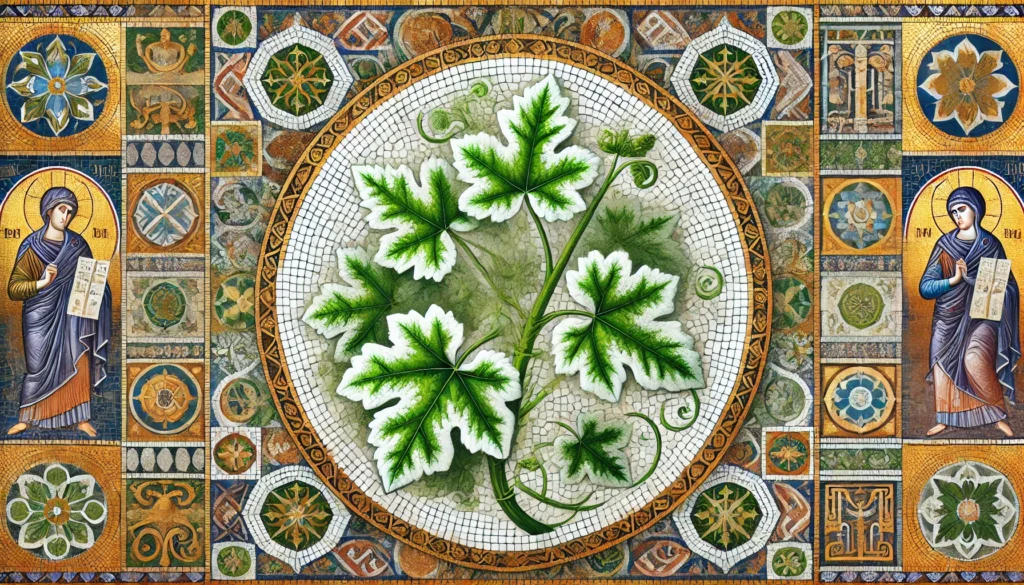

Home » Cat Plants » Could the Glacier Ivy Plant Harm Your Cat?

Glacier ivy (Hedera helix), also known as English ivy, branching ivy, needlepoint ivy, sweetheart ivy, and California ivy, is a common houseplant and outdoor ornamental vine.
While not technically an allergen, glacier ivy contains triterpenoid saponins that are toxic to cats if ingested. This plant is commonly found in hanging baskets, as ground cover, or climbing up walls and fences.
Ingestion may cause mild gastrointestinal upset, but is generally not life-threatening.
Ingestion can result in mild symptoms like vomiting, diarrhea, or drooling. Rarely fatal but may require veterinary care.
Eating these plants can lead to more pronounced symptoms like abdominal pain, lethargy, or difficulty breathing. Veterinary intervention may be necessary.
Ingesting even small amounts can cause severe symptoms like organ damage, seizures, or cardiac failure without rapid treatment.
All parts of these plants are extremely poisonous to cats and can quickly lead to death, even with immediate veterinary care.
** Please note: Please note that toxicity level can vary based on the amount ingested and the specific cat. It's always best to keep these plants completely inaccessible to cats and seek immediate veterinary care or call the poison hotline if you suspect your cat has ingested any part of a toxic plant.
If a cat ingests any part of a glacier ivy plant, especially the leaves, they may experience symptoms of toxicity. Common signs that your cat has been poisoned by glacier ivy include:
If you suspect your cat has ingested glacier ivy, it’s important to contact your veterinarian immediately. Your vet will likely perform the following steps to diagnose glacier ivy poisoning:
For more information on how glacier ivy affects cats, visit the ASPCA Animal Poison Control Center.

A: Glacier Ivy is not safe for cats as it contains toxic compounds. When ingested, it can cause vomiting, diarrhea, and other serious health issues in cats.
A: Symptoms of Glacier Ivy poisoning in cats include drooling, vomiting, and difficulty breathing. In severe cases, cats may experience lethargy and loss of appetite.
A: If your cat has ingested Glacier Ivy, seek immediate veterinary care. Treatment often includes inducing vomiting and administering activated charcoal to absorb the toxins.
A: Yes, many plants similar to Glacier Ivy, such as English Ivy and Devil’s Ivy, are also toxic to cats. Always ensure to keep these and other poisonous plants out of your home if you have pets.
A: To prevent your cat from eating Glacier Ivy, keep the plant out of reach or opt for pet-safe plants instead. Providing your cat with plenty of toys and distractions can also reduce their interest in chewing on plants.
A: If your cat shows signs of poisoning after eating Glacier Ivy, contact your veterinarian immediately. Quick action can be crucial in mitigating the effects of the toxins.
Hedera helix is an evergreen climbing vine native to Europe, Western Asia, and North Africa. It was brought to North America by colonial settlers and has been widely planted as an ornamental groundcover.
Glacier ivy is a popular cultivar admired for its variegated leaves with white margins.In its native habitat, glacier ivy serves as an important food source for birds and pollinators. However, it has also been recognized as an invasive species in some areas, as its dense growth can crowd out native vegetation.
Please note: The information shared in this post is for informational purposes only and should not be considered as veterinary medical advice.
🐾 A hilarious or heart-melting cat video
🐾 Our latest paws-on review of a cool cat toy